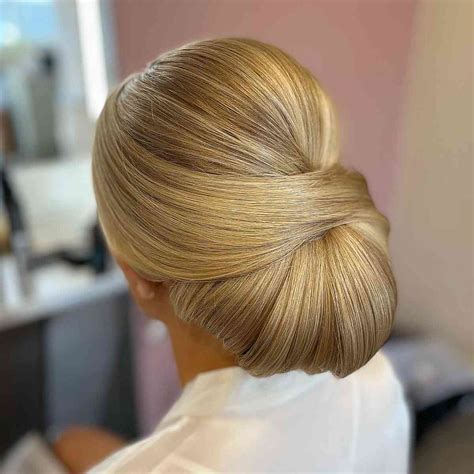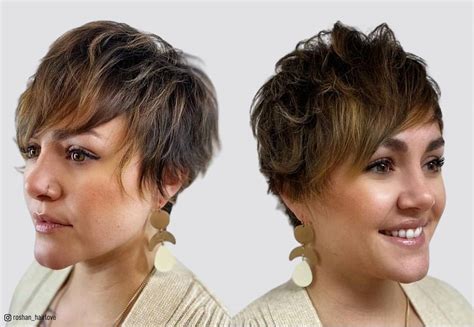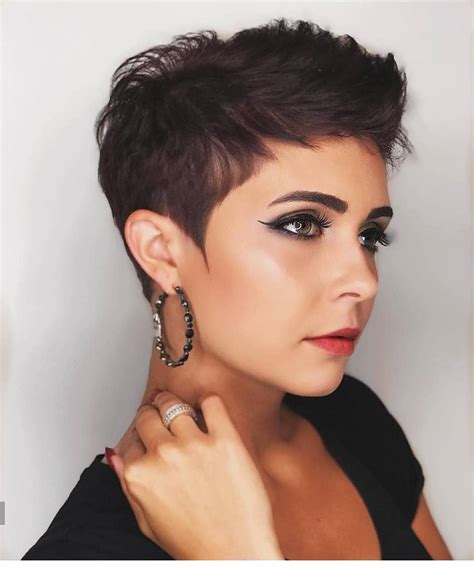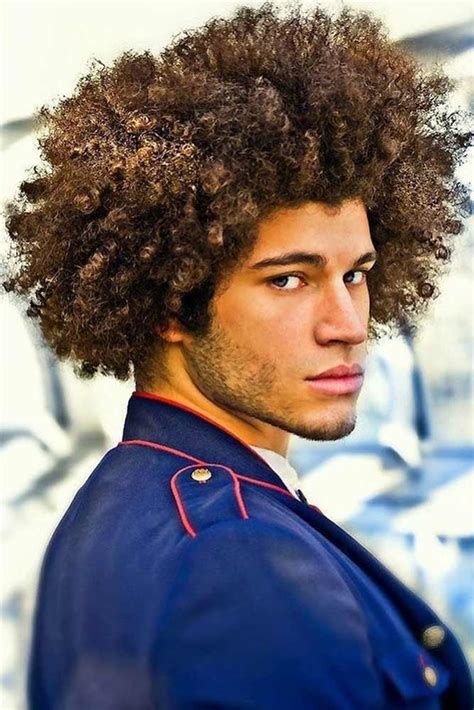Discover the perfect clipper size for your haircut, tips for using them at home, and visual examples to achieve your desired look.
Understanding Clipper Sizes
Contents
Clipper sizes can often be confusing for those who are not familiar with the terminology. It is important to understand the different clipper size numbers to achieve the desired haircut. The clipper size number corresponds to the length of the hair left on the head after cutting. The lower the clipper size number, the shorter the hair will be. For example, a #1 clipper size will leave hair very short, while a #8 clipper size will leave hair much longer.
When choosing a clipper size, it is essential to consider the style and length of the desired haircut. The right clipper size will ensure that the haircut looks uniform and well-groomed. It is recommended to consult with a professional hairstylist to determine the best clipper size for your specific hair type and desired style.
Understanding clipper sizes is also crucial for those who prefer to cut their hair at home. By knowing the difference between clipper sizes, individuals can achieve the haircut they desire without any mishaps. It is important to familiarize oneself with the various clipper size numbers and their corresponding lengths before attempting to cut hair at home.
Furthermore, different clipper sizes can be used to create various haircut numbers, such as fades, tapers, and other popular styles. By mastering clipper sizes, individuals can experiment with different haircut numbers and styles, creating a personalized look that suits their preferences.
Choosing the Right Haircut Number
When it comes to choosing the right haircut number for your desired hairstyle, it’s important to understand how clipper sizes work and how they affect the length of your hair. Each clipper size corresponds to a specific guard, which determines how short or long the hair will be left after the haircut. The higher the number, the longer the hair will be, and vice versa. For example, a #1 guard will leave the hair approximately 1/8 of an inch long, while a #8 guard will leave the hair 1 inch long.
It’s essential to communicate with your barber or stylist about the haircut number you want, as they can help you choose the right size based on your preferences and hair type. Factors such as the texture and thickness of your hair can also influence the haircut number that will best suit you. Choosing the right haircut number is crucial in achieving the hairstyle you desire, whether it’s a buzz cut, crew cut, or a fade.
Understanding the haircut number system and how it corresponds to clipper sizes will give you more control over your hairstyle. By knowing which number to ask for, you can ensure that the result meets your expectations. It’s also helpful for maintaining a consistent look and managing your hair length between visits to the barber or salon.
Ultimately, the right haircut number can make a significant difference in the overall appearance of your hairstyle. Whether you prefer a shorter or longer length, being knowledgeable about clipper sizes and haircut numbers will empower you to achieve the perfect look.
Visual Examples of Clipper Sizes
When it comes to choosing the right clipper size for your haircut, it can be overwhelming to know where to start. Clipper sizes are usually denoted in numbers, with each number representing a specific length of hair. For example, a #1 clipper size leaves hair 1/8 inch long, while a #8 leaves hair 1 inch long. Understanding these clipper sizes can help you achieve the desired haircut length.
One way to understand clipper sizes is to look at visual examples. By seeing the actual lengths of hair left by each clipper size, it becomes easier to grasp the differences between them. For instance, a #3 clipper size may leave hair shorter than a #5 clipper size, but how much shorter exactly? Visual examples can provide the clarity needed to make informed decisions.
There are many online resources that provide visual examples of clipper sizes. These resources often include images or videos of haircuts done with different clipper sizes, giving viewers a clear idea of what to expect. Some websites even offer side-by-side comparisons of various clipper sizes to help users see the differences more clearly.
If you’re considering using clippers at home, it’s essential to familiarize yourself with visual examples of clipper sizes. This knowledge can help you avoid any unwanted surprises and ensure you achieve the haircut length you desire. Whether it’s for a simple buzz cut or a more intricate hairstyle, having a visual reference can make a world of difference in achieving the perfect haircut.
How to Achieve Different Haircut Numbers
If you’re looking to achieve different haircut numbers using clippers, it’s important to understand the corresponding clipper sizes for each desired length. Each clipper guard comes with a specific number that represents the length of the hair it will leave behind. To achieve a specific haircut number, you’ll need to use the right clipper guard to achieve the desired length.
For example, if you want to achieve a haircut with a number 3 length, you would need to use a clipper guard that leaves behind 3/8 of an inch of hair. Similarly, if you want a number 7 haircut, you would use a clipper guard that leaves behind 7/8 of an inch of hair. Understanding these clipper sizes is crucial to achieving the haircut number you desire.
One way to achieve different haircut numbers is to familiarize yourself with the visual examples of clipper sizes. By understanding how clipper sizes correspond to specific lengths, you can easily achieve the desired haircut number. Visual examples can help you to visualize the result you want to achieve and select the appropriate clipper guard accordingly.
When using clippers to achieve different haircut numbers, it’s essential to remember that smaller clipper guard numbers result in shorter hair lengths, while larger guard numbers leave longer hair. Experimenting with various clipper sizes and lengths will help you to find the right combination to achieve the specific haircut number you are aiming for.
Tips for Using Clipper Sizes at Home
When using clipper sizes at home, it’s important to start with a clean and dry hair. Wet hair can cause the clippers to clog and make it difficult to get an even cut. It’s also important to invest in a good quality pair of clippers, as cheaper ones may not provide the precision and consistency needed for a professional-looking haircut.
Another tip for using clipper sizes at home is to start with a longer guard and work your way down if you want a shorter cut. It’s easier to take off more hair than to try to fix a cut that’s too short. And if you’re unsure of which haircut number to use, it’s best to start with a larger guard and gradually work your way down until you achieve the desired length.
It’s also important to maintain and clean your clippers regularly, as built-up hair and debris can affect their performance. Refer to the manufacturer’s instructions for proper maintenance and cleaning. And always remember to oil the blades and replace them when they become dull to ensure a smooth and clean cut every time.
Finally, don’t rush the process. Take your time and work in small sections, making sure to comb the hair in between cuts. This will help ensure an even and professional-looking result. And if you’re unsure about a particular technique or style, don’t hesitate to seek advice from a professional or watch video tutorials for guidance.












